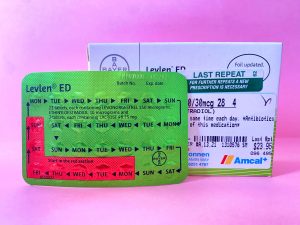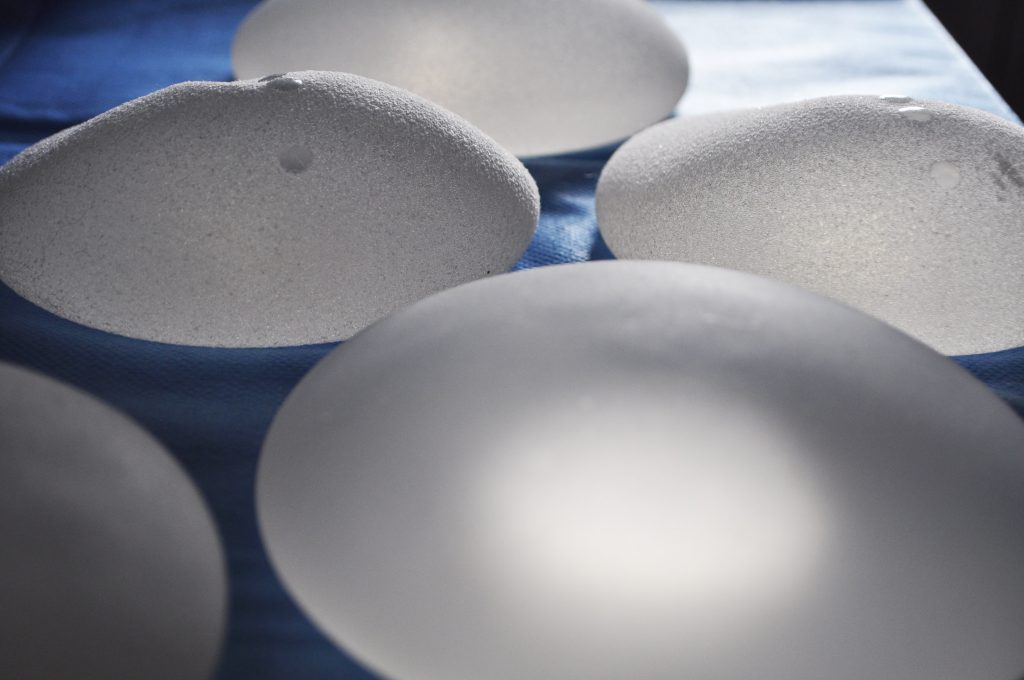Blood Bank targets youth donors
By KAREN LOVATT
THE waiting room is full. The waiting “patients” are an eclectic mix of young and old, suits and thongs, briefcases and backpacks. There’s coloured hair, grey hair, and sometimes no hair.
One by one the nurses come, and summon one of the patients into an interview room. Questions are asked, a finger-prick test taken. The patient is then led to a chair, reclined and comfortable and ready to go. A heat pack arrives, and the nurse carefully feels inside the patient’s elbow. Then a sharp pain, and suddenly warmth is running down the tube resting on the patient’s arm.
It’s as simple as that to give blood.
In Australia, you can start donating at sixteen – with parental consent – and continue donating until you are eighty. You can even continue after eighty with your doctor’s permission.
Whole blood donations can be made every twelve weeks, plasma every fortnight. It all sounds so simple – so why does the Red Cross only have 570,000 donors out of a population of more than twenty million?
Of course, there are many reasons why people do not – or cannot – donate. There are restrictions on those who have lived overseas, for example. Even recent movements to certain places can affect a person’s eligibility. Certain genetic diseases, recent illnesses, and medications can also disqualify a candidate.
But for younger people – and ten percent of the Red Cross’ donors are aged between sixteen and eighteen – there is a much bigger reason why candidates are being turned away. The current trend of tattooing has landed a heavy blow on young blood stocks. Previously, a tattoo disqualified a donor from giving blood for twelve months; now it’s only six months, but some people either aren’t getting the message, or just can’t be bothered coming back.
There is a perception in the community that the members of Generation Y are either too drunk or too lazy to give blood – or that they just don’t care. But with ten percent of the nation’s donors not yet out of their teenage years, that clearly isn’t true. So where does the true problem lie?
Carole Hewett started donating in 1974, when her daughter had a heart operation. She thinks the main problem lies in the fear factor.
“Let them know it really doesn’t hurt,” Ms Hewett said. “Once they’ve made the initial donation…they’ve got rid of their nerves to start with.”
Ms Hewett also thinks that youth donors just need a little encouragement.
“They need to make sure they’re appealing to their better sense of community,” she said.
The Community Relations Officer of the Red Cross Centre at Garran, Siobhan McDonnell, says more young donors are coming to the blood bank in response to a large-scale drive from the Red Cross. Their main target, she says, are the local schools.
“We’ve got the Vampire Shield [a competition between schools for the most donations]… and just recently we started up the Youth Ambassador Program, which is having a Youth Ambassador at the schools…and having them try to promote donating blood within their schools, so that they understand what’s needed,” she said.
Ms McDonnell doesn’t deny that youth numbers have struggled in recent years.
“Donor ages are increasing, as the population increases…but [the Red Cross staff] have done a huge job getting out to schools, and the universities now, we’re using the universities.”
She says most schools are open to including blood donation in their curriculuMs At ACT public colleges, for example, donating blood is worth an extra point towards a student’s Year 12 certificate.
“So we do see a lot of students come in towards the end of the year, when they’re looking for an extra point or two for their certificate. Then they discover it’s not so bad after all.”
Universities are another big target for the Blood Bank’s drive, but other difficulties arise there.
“We don’t seem to catch many students from the uni,” Ms McDonnell said, “except with the mobile unit. The medical students usually donate, of course, but it’s mostly ANU…we find it hard to keep UC students because of the distance.”
She recognizes that the university lifestyle is not conducive to regular donations.
“We see some students who come in regularly over the long holidays, but then drop off during the year when their workload gets heavy,” she said
In the meantime, the Red Cross will continue sending the mobile unit.
Ms Hewett, however, has a better idea on getting youth through the doors.
“Tell them about the free milkshakes!” she laughs.





Be the first to comment!